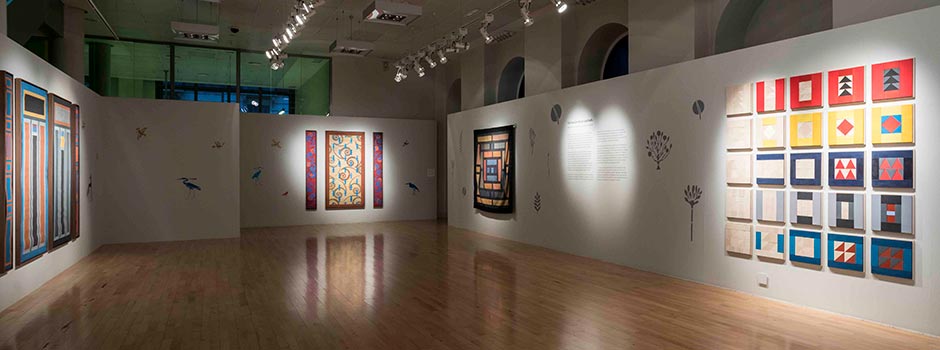
EXHIBITION (Oct 19, 2017 - Feb 25, 2018) A Solo Show by Chant Avedissian at Casa Ãrabe Madrid
Oct 22, 2017 Exhibition

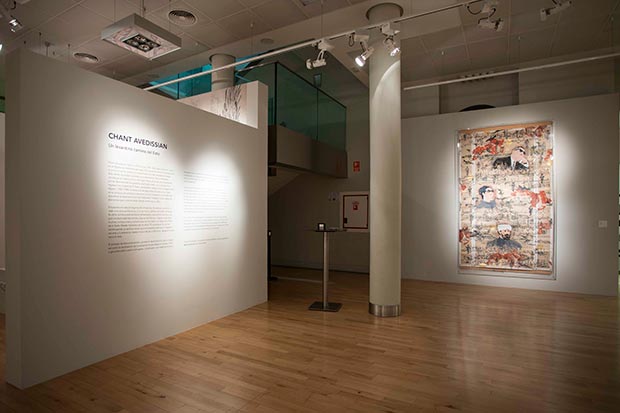 Chant Avedissian. A Levantine on his Way heading East, Installation view / Courtesy of Sabrina Amrani Gallery
Chant Avedissian. A Levantine on his Way heading East, Installation view / Courtesy of Sabrina Amrani Gallery
Sabrina Amrani organized the exhibition in collaboration with the Barjeel Art Foundation and the Casa Ãrabe, to exhibit the works by Chant Avedissian, that are not very well-known in Spain’s cultural scene. The exhibition opened at the Casa Ãrabe on October 19, 2017 and will run until February 25, 2018.
Chant Avedissian was born in Cairo in 1951. Of Armenian origin, he grew up in Egypt in the second half of the 20th century and was significantly marked by the social, political and cultural era of President Nasser. This dual identity, together with his studies in Paris and Montreal, constitute the fundamental elements that influenced the artist and awakened his interest in peoples’ identities, their traditions and cultures. On his return to Cairo at the early nineties, after having studied in the West for some years, he worked with the architect Hassan Fathy (Egypt, 1900-1989). They both share the same deep fascination for ‘simple’ materials and crafts, elements that would, from then on, characterise his work.
 Chant Avedissian. A Levantine on his Way heading East, Installation view / Courtesy of Sabrina Amrani Gallery
Chant Avedissian. A Levantine on his Way heading East, Installation view / Courtesy of Sabrina Amrani Gallery
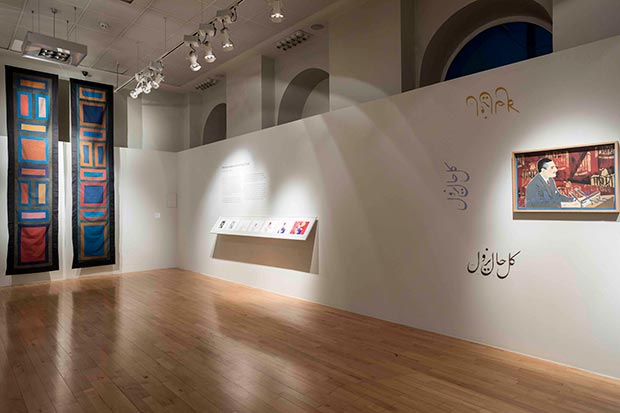 Chant Avedissian. A Levantine on his Way heading East, Installation view / Courtesy of Sabrina Amrani Gallery
Chant Avedissian. A Levantine on his Way heading East, Installation view / Courtesy of Sabrina Amrani Gallery
Avedissian's work is local yet global, simple yet complex, it combines decorative and architectural elements from Ancient Egypt, and many other civilisations and cultures that have existed along the Silk Route. He uses corrugated cardboard, and utilizes stencils in order to reproduce the same image in infinite colours on different backgrounds. He dyes cotton fabrics employing the same techniques used to make the textiles that decorate nomad tents in the desert, or are part of Japanese kimonos. His textile works are not a mere reproduction of elements found in popular traditions or geometric compositions but quite the opposite.
His works can be understood as an affirmation of his own Egyptian identity, an Eastern identity standing up to Western supremacy. This is a key point in Avedissian’s work, as reflected in his own words: “I do not do Art, (…) I have to do what I do, as an Armenian born in Egypt and against all Western influences. I don’t do Art. I do fighting against the influences. I paint, it’s not political art, but it’s an attitude.â€
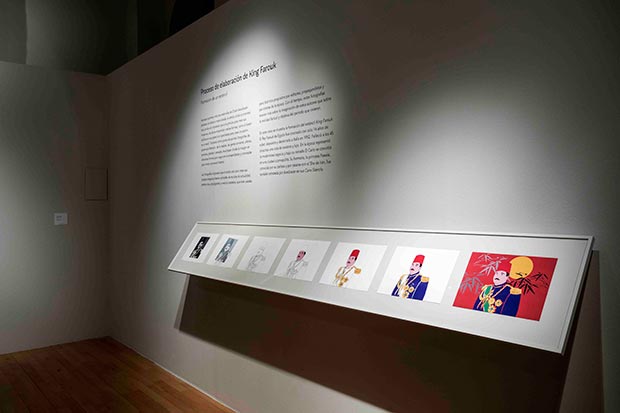 Chant Avedissian. A Levantine on his Way heading East, Installation view / Courtesy of Sabrina Amrani Gallery
Chant Avedissian. A Levantine on his Way heading East, Installation view / Courtesy of Sabrina Amrani Gallery
 Chant Avedissian. A Levantine on his Way heading East, Installation view / Courtesy of Sabrina Amrani Gallery
Chant Avedissian. A Levantine on his Way heading East, Installation view / Courtesy of Sabrina Amrani Gallery
Furthermore, triggered by the hostile political context in the Gulf in the 90s, Chant Avedissian explores Egypt’s history and cultural legacy. A country "violated", according to the artist, during the Nasser era, whose policies took away part of the cultural and artistic heritage in favour of Westernization. This exhibition includes some of his famous ‘Cairo Stencils’, an iconographic and analytical compendium of the social and cultural history of Egypt which have earned the artist great recognition in the international arena. The process of deconstruction, and the subsequent reconstruction of the image, as well as the reuse of elements, depicted in his work with wood, textiles or gouache on corrugated-cardboard works, constitutes a formal and conceptual metaphor of construction and, at the same time, the mutation of civilisations throughout the centuries.
 Chant Avedissian. A Levantine on his Way heading East, Installation view / Courtesy of Sabrina Amrani Gallery
Chant Avedissian. A Levantine on his Way heading East, Installation view / Courtesy of Sabrina Amrani Gallery
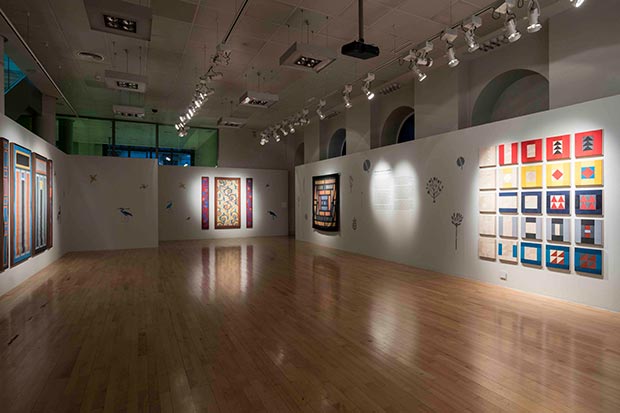 Chant Avedissian. A Levantine on his Way heading East, Installation view / Courtesy of Sabrina Amrani Gallery
Chant Avedissian. A Levantine on his Way heading East, Installation view / Courtesy of Sabrina Amrani Gallery
His art is based on – and draws inspiration from – the work of many people, of different places throughout the millennia that Avedissian discovered on his travels and which always conveyed to him the same elemental forms, colours and designs. This compilation and selection of images and symbols by the artist makes up an archive of the East that nourishes his visual discourse about the permeability of cultures. The artist, almost without being aware of it, has created a kind of specific propaganda for the ‘Great East’, a term that Avedissian himself could have coined.
Comments
Add a comment